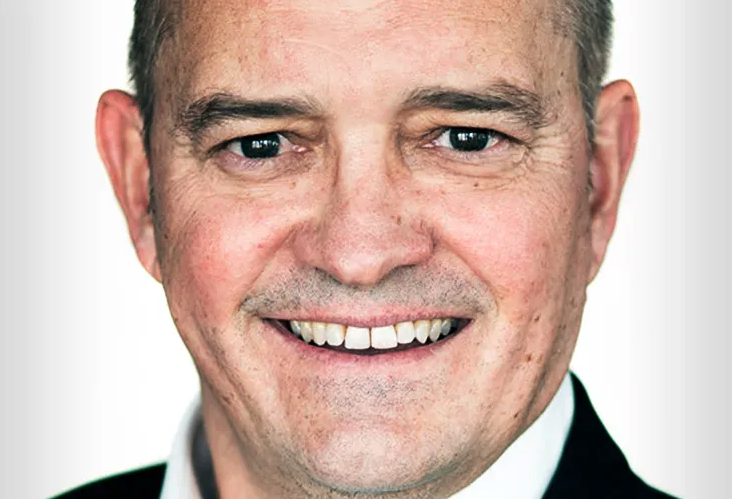With more than 18 million customers in Spain alone, CaixaBank is a benchmark for how to effectively reach and utilise scale in retail banking in Europe.
One element of its success under CEO Gonzalo Gortázar is how it is increasingly able to target its service, products and staff to the varying needs of its customer base – aiming not just for greater efficiencies in its operations, but also better service.
“Since we have more scale, we can segment our customer base more easily, both via remote channels and at branch level,” Jaume Masana, head of retail, private and business banking, tells Euromoney.
The greater scope for digital interaction, such as video calls, means a large proportion of relationship managers are no longer allocated by branch rather than operating from a central hub.
The bank has recently redesigned the structure of that remote network so relationship managers can concentrate on a smaller number of high-value or high-potential clients, further improving service and commercial potential. Reconfiguration of coverage around central hubs has gone together with a deep reconceptualisation of its branch network.
The bank is, in fact, expanding the number of municipalities where it has some physical presence. It covers more localities than any other bank in Spain. Nevertheless, it has dramatically reduced its number of branches since its acquisition of Bankia four years ago. Branches have become fewer, but bigger in terms of the number of people and specialist expertise.
“Proximity is important, but less than before, because of digitalisation. Instead, the quality of expertise and speed of response is more important for many of our customers,” Masana says.
“We’ve also increased the specialisation of our network. Instead of two branches with five people each, we might have one branch with 10 people. In that bigger branch, you can have a specialist in insurance, a specialist in loans, in premier banking, or in investment advice, and so on.”
We have a competitive advantage … because we have the clients, we know the suppliers and we understand the market dynamics
As other European banks have noticed, the importance of CaixaBank’s product factories in areas like asset management, insurance, and corporate and investment banking is a large part of why it makes strategic sense to operate as a universal bank beyond Spain. This has helped the bank gain economies of scale in Portugal, where it owns BPI, one of the biggest retail banks.
The greater specialisation of its staff and service, however, is not just present in its business lines but also in the way it covers different demographics – again, helped by its scale and focus on retail banking in Iberia.
Aiming mainly for younger people who might otherwise be lured away by rival newcomers, CaixaBank’s in-house digital consumer platform imagin grew customer numbers by 11% in 2024, reaching 3.5 million and making it the country’s biggest neobank. It also stands out for being profitable, and a primary account provider, with around half of imagin’s adult customers paying in their salary.
Masana underlines that imagin’s value proposition stands out partly for the simplicity of its offering – something other big consumer banks in Europe are also now focusing on achieving in response to the neobanks. That means an outstanding card experience, basic savings products, and small loans for things like education or buying a scooter.
“It’s fresh, it’s simple, and it’s digital,” Masana summarises. “You have the best things of being a new proposition, and the things an incumbent can offer, such as the big number of ATMs that we have across the country.”
Over the past decade, imagin has built up a commanding share of fintech and neobank usage among young adults.
Serving the young and old
At the other end of the age spectrum, the bank is increasingly tailoring products and services to older people, with Spain having one of the world’s longest life expectancies, and older people being especially important for its asset and wealth management franchise.
That has already involved numerous initiatives, from training staff to better help older people to putting more seats in its branches, boosting its net promoter scores among older customers.
Now the bank is focusing even more on older customers, with an advisory board on how to better serve the demographic – leading to new annuity, tailored insurance and reverse mortgage products, as well as new partnerships with care providers, universities and volunteering schemes.
Another element of how the bank is deploying its scale to bring forward its business and relationships lies with new embedded finance initiatives in activities adjacent to finance.
In December, its Portuguese bank BPI launched Quatru, a new housing platform bringing together property listings and mortgage services. In Spain, it relaunched an in-house used car platform, Facilitea Coches, and it prepared to launch a similar service for Spanish residential property listings, partnering with estate agents.
These projects are partly viable because of the network effect provided by its large customer base.
“When we look at the business, we see opportunities in areas adjacent to our business,” says Masana. “We have a competitive advantage there, because we have the clients, we know the suppliers and we understand the market dynamics – and because we have the credibility, the name. That’s why we can do better than our rivals not just in pure banking business but also in the ecosystem around it.”





